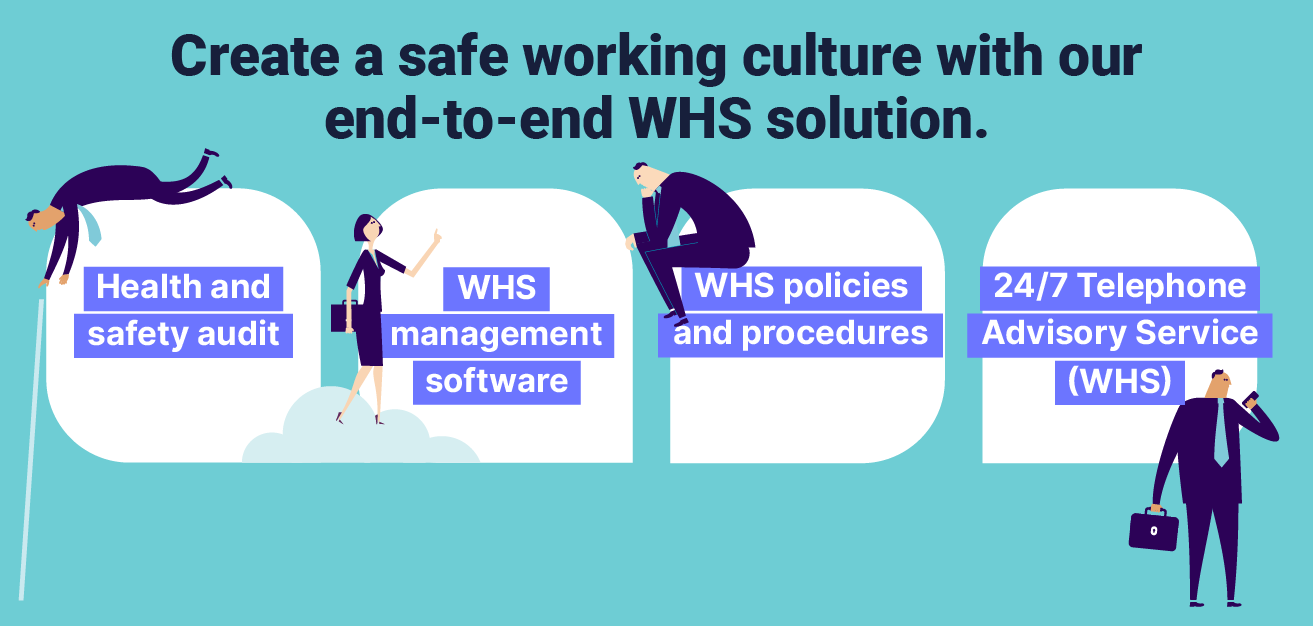By Robby Maygar
Working in remote communities can be an incredibly rewarding experience for those passionate about Indigenous health and education, but it’s undeniably a challenge, particularly for employees relocating from larger cities. Where the employee is both living and working in a remote environment, this can put a strain on their mental health, their relationships, and their appreciation of their role in the organisation.
In this article, I’ve compiled some big-ticket issues that employees may face and shared some simple solutions that employers can use to help with a smooth adjustment and transition to remote life and work. Let’s get into it…
1. Isolation and mental wellbeing
Every remote community is unique in its size, culture, and lifestyle. Some have populations of over 1000 people, whilst others may be quite small with only a handful of residents. And as the populations vary, so too does the number and quality of services available for those relocating for work on a permanent or semi-permanent basis.
The smaller the community, the likelihood that feelings of isolation and loneliness may set in for recently relocated workers increases. They’re not only leaving their networks of friends and family behind but are entering towns that may have limited services and facilities for recreation, access issues for internet and phone services, and pre-formed relationships and social groups.
These factors can significantly contribute to feelings of anxiety and depression, which may reduce an individual’s feeling of job satisfaction, as well as the performance and retention rates of employees.
There’s no single way to address the impacts of isolation in remote communities, as each employee and community is different. However, significant pre-departure planning will go a long way to combat its impacts.
Investing in resources to provide the employee with stable internet, where possible, could be a lifeline and ensure they’re able to access additional resources like an Employee Assistance Program (EAP) if the experience becomes daunting. Other suggestions include setting up a mentor or buddy system, so the new employee has someone to rely on while they settle in (particularly if they have been introduced before the move), hosting virtual events and meetings to increase engagement with the remainder of the organisation, and making sure the voices of employees in remote communities are heard when it comes to workplace matters and culture.
2. Workplace Health and Safety (WHS)
In addition to the legal obligation to take reasonable steps to ensure a mentally safe workplace, the management of physical workplace health and safety is also of vital importance, given that access to general and emergency healthcare may be considerably reduced, which can extend recovery times and impact workplace attendance as well as productivity.
For all employers, one of the first steps to reducing the risks of potential WHS incidents and breaches is implementing policies and procedures that cover the risks associated with the business and roles performed by employees. These policies guide employees and managers as to how to create and maintain a safe working environment, instruct on how to report incidents and hazards, and provide a process for addressing risks or non-compliance.
In the health industry, some risks are the same no matter the location, including exposure to sharp or unsanitary items, the risk of infection or disease, working with medication, and exposure to potentially violent patients or members of the public.
Workers in remote communities may not have any additional hazards to identify, but the remote location may introduce factors that can increase the harm these risks could inflict if they occur, such as reduced access to emergency services, greater distances from fully-equipped hospitals, and reduced ability for employers to regularly check-in with their workers. Employers should consider these factors and how they can be best addressed, before sending employees to remote locations.
The first step employers should take is to conduct a complete WHS assessment for every remote worker’s workplace that factors in their location and the local community. This will help to reduce potential risks to the employee and liabilities for the business. The assessment should consider the following:
- Management of the work program, including workload, anticipated activities and working hours;
- The physical work environment, including furniture, lighting, stable flooring etc.;
- What services and facilities can be accessed to prevent or respond to health or safety risks, including potentially limited access to healthcare or support services;
- Exposure to psychologically difficult situations including patients who have experienced abuse or mental health challenges; and
- Pre-existing injuries or illnesses of the employee that will require management whilst working remotely.
Given the assessment will need to be conducted by the individual, employers must provide clear guidance for the employee to complete the self-assessment about their workplace and surrounding circumstances and ask follow-up questions to ensure the assessment is robust and covers as much ground as possible.
Once an assessment is complete, employers should continue to regularly keep in contact with remotely located employees, and provide the following to ensure their obligations are met:
- Provide employees with appropriate emergency management information and phone numbers, as well as First-Aid training to handle injuries until emergency assistance can be provided.
- Ensure that employees are aware of online resources that are available to them, including confidential counselling services and an EAP if one is in place.
3. Workplace flexibility agreements
Like all employees, those engaged in remote work may from time to time require flexible working arrangements, particularly if they have caring responsibilities and are relocating with a family to a remote community.
The additional pressure of being a parent in a remote community may require flexible arrangements to be put in place, particularly considering that there may be reduced access to childcare than in city locations.
In certain circumstances, employers have legal obligations to not unreasonably refuse requests for flexible arrangements. We recommend having open and transparent discussions with the employee to work out the best way for the employee to manage their personal and professional needs while working in remote communities. As Indigenous health work often requires flexibility, including travel and adjusted hours, this is a great opportunity for employers to demonstrate that same adaptability to their staff.
Additionally, organisations should give thought to how they will manage events traditionally held in-person away from the remote communities, such as annual conferences or training sessions. Will you require those staff living and working in remote locations to attend, or merely encourage it? Will you pay their travelling time and/or travel costs for doing so? Will their work location disadvantage them? Employment contracts and modern awards/enterprise agreements may impose minimum travel requirements on employers, but how these issues are handled is about more than just remuneration: they can also affect the culture of an organisation.
4. Living and working in remote communities
Employers should ensure that when an employee is hired in or assigned to a remote community where they will be living and working with the same people each day, perhaps with limited access to services and facilities, that the risks of such work are carefully identified and managed. There’s no single approach that can solve all the challenges of working in remote locations, so it’s about being as prepared as you can while readying yourselves for the unique challenges that can arise from such a working environment.
If working in remote communities has raised questions for you or you need assistance with conducting a complete WHS assessment, reach out to our team at HR Assured. We can show you how we simplify WHS management in your business using expert services, including WHS software, 24/7 Telephone Advisory Service and, a WHS audit. Arrange a call with our experts today.
If you’re an HR Assured client and have questions about WHS management, please contact our 24/7 Telephone Advisory Service.
Robby Magyar is a Workplace Relations Consultant at FCB and HR Assured who relishes the opportunity to assist businesses in the best practice approach to managing employees and compliance concerns. He has a particular interest in making employment law and human resources digestible for our clients.





